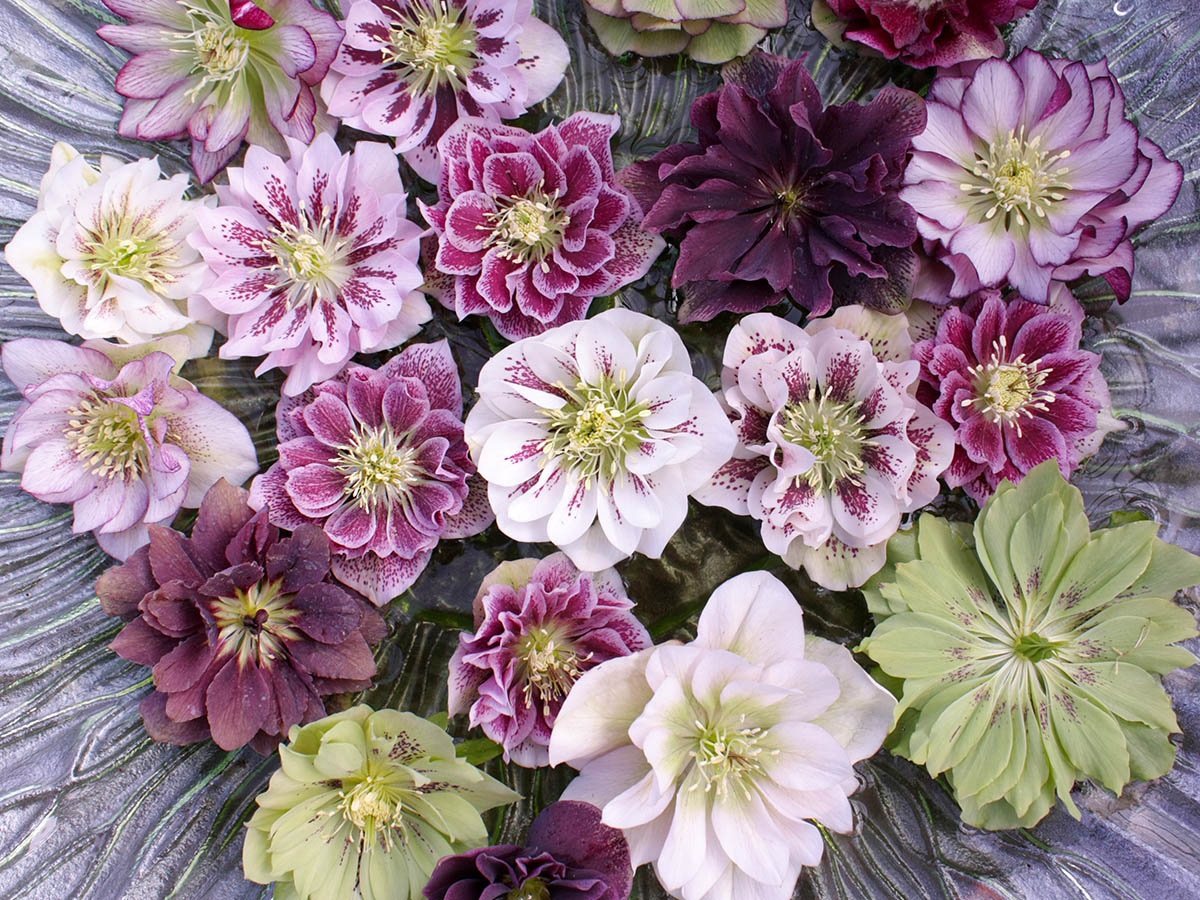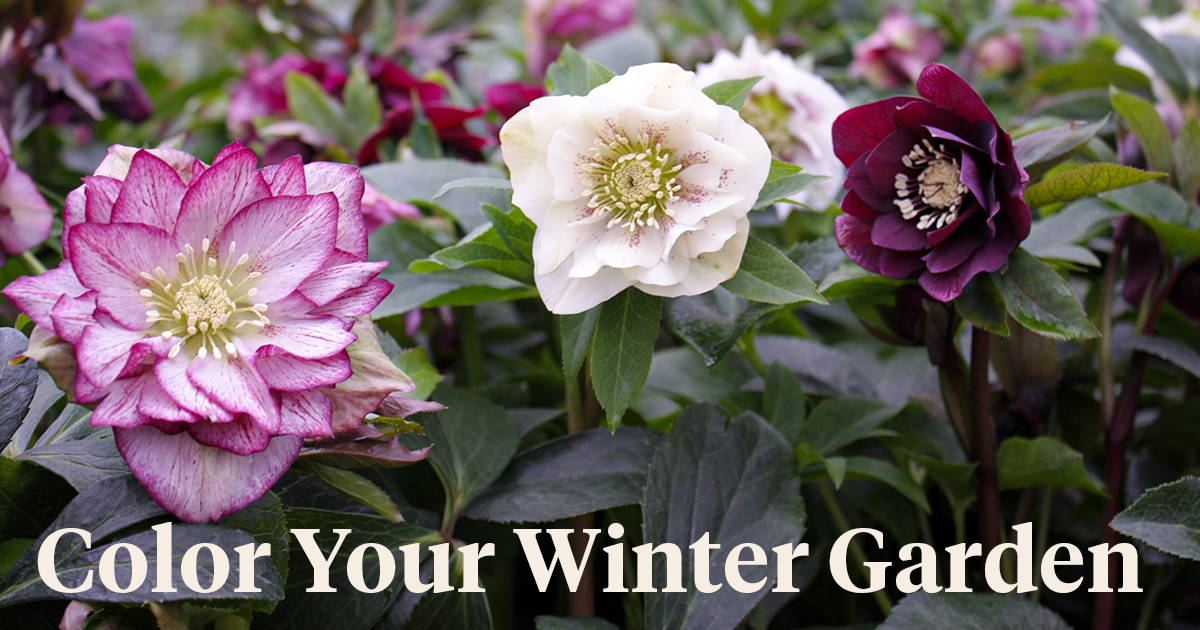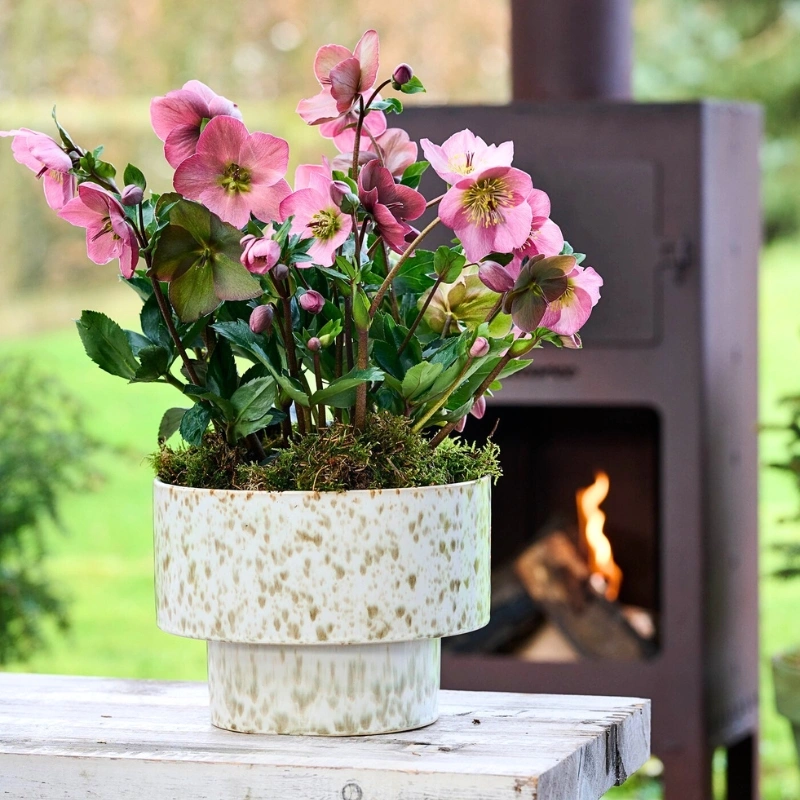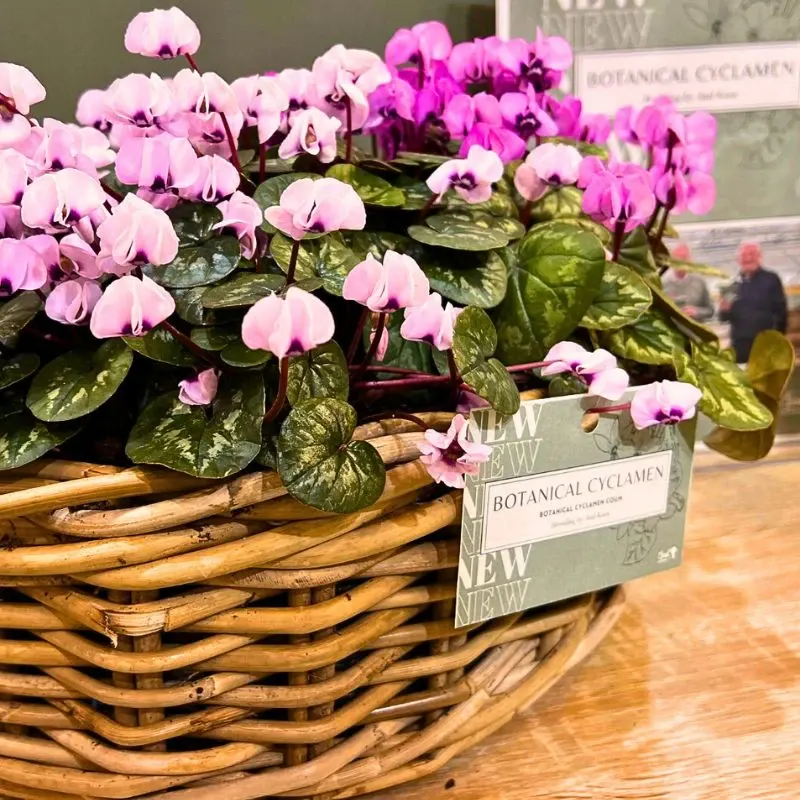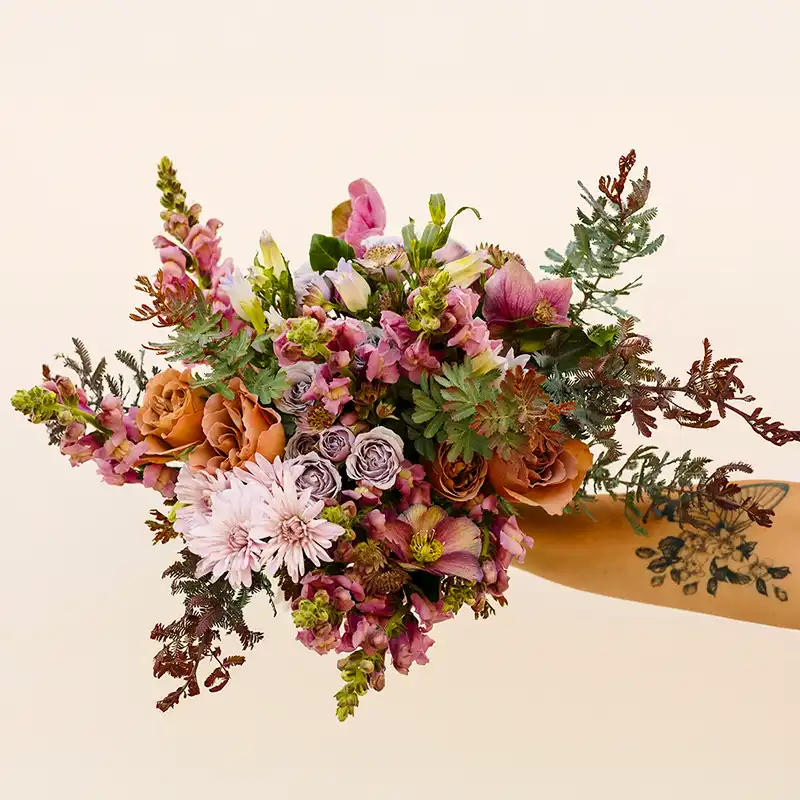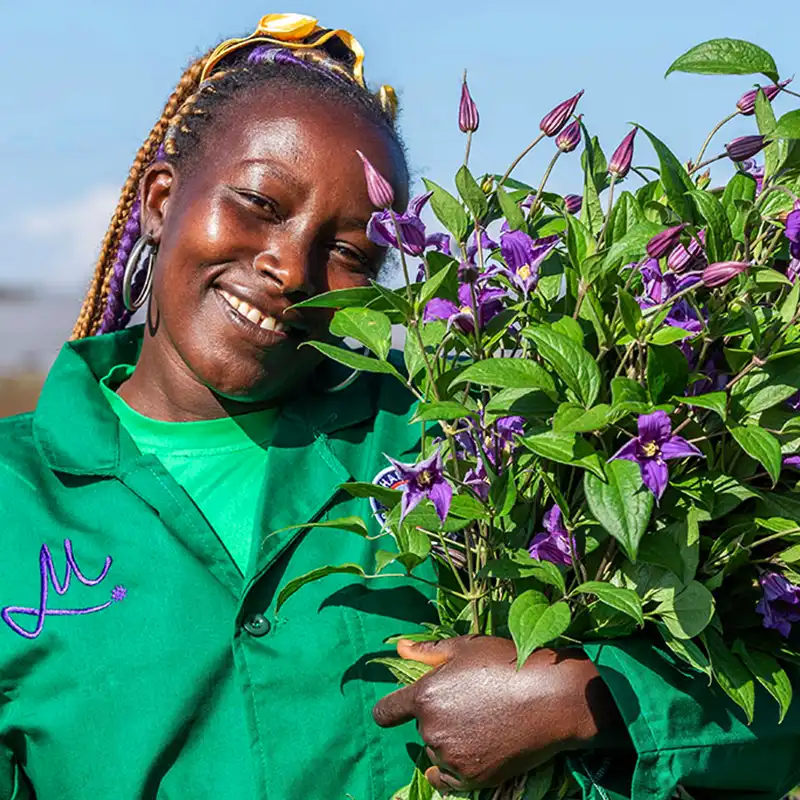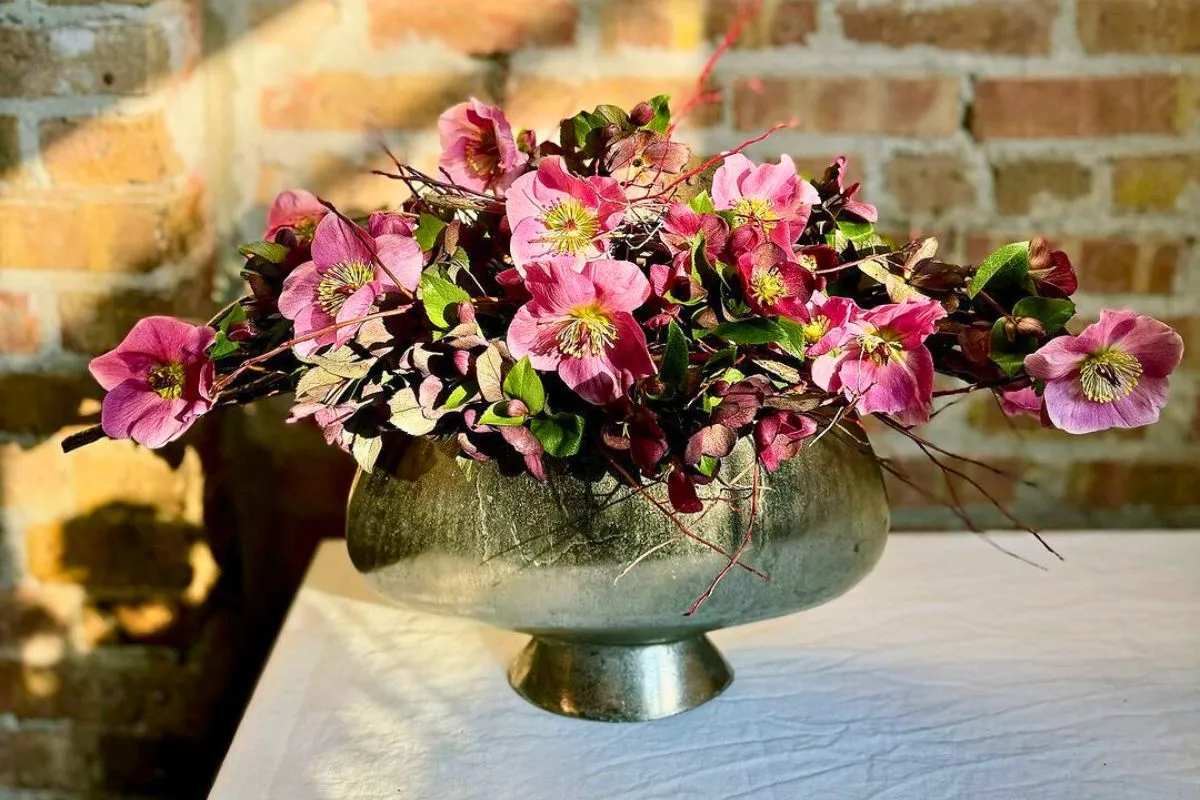Is it still gray and brown in your garden? Wintertime is not the best period to enjoy the backyard, is it? Or is it? Did you ever consider helleborus? The dark winter months are the flowering time for helleborus orientalis. Especially in these dark months, when little else blooms in the garden, this winter bloomer provides the color. This is how it will cheer up your outdoors.
Helleborus From Nachtvlinder
The hellebore (botanically: helleborus) does not let you down in the dark months of the year. This plant is typically flowering in the winter. Ellen Akerboom, owner of nursery Nachtvlinder can confirm this - for twenty-five years already she has been active in breeding and growing young hellebore plants.
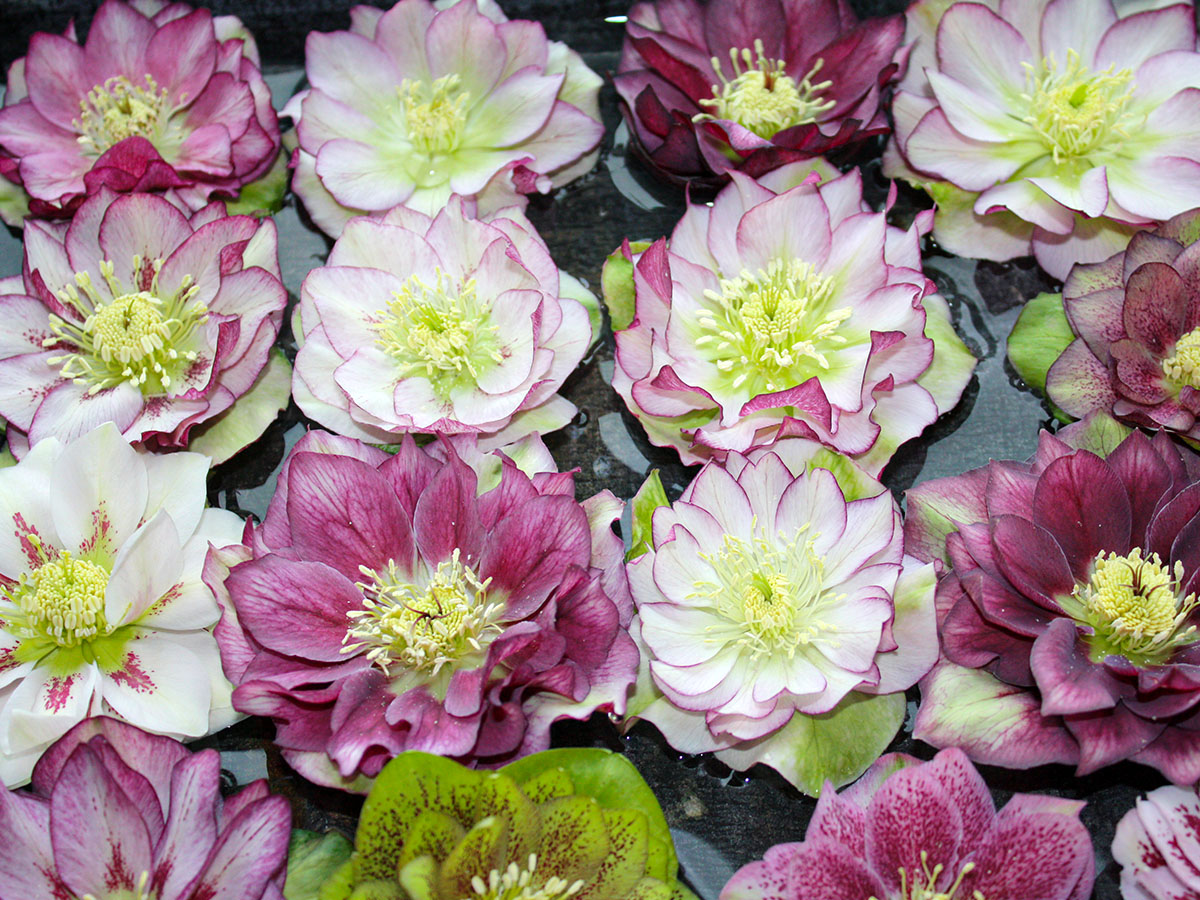
Ellen:
"Our wide hellebore range consists exclusively of self-bred varieties. Together with my team, I take care of the entire process from breeding to propagation. Through a combination of manual work and automation, we are able to supply true-to-type seedlings on a large scale. Because we pollinate everything by hand, we can supply true-to-life plants. We grow with the greatest care, a single deviation is always possible.
Our helleborus seedlings have good vigor, which means that they flower in more than 90% within a year. We adhere to a strict selection during breeding, which makes the plants more resistant to fungi and other diseases. We believe in resilient plants and cultivation with as little plant protection products and energy as possible. This is also an important starting point in our breeding process."
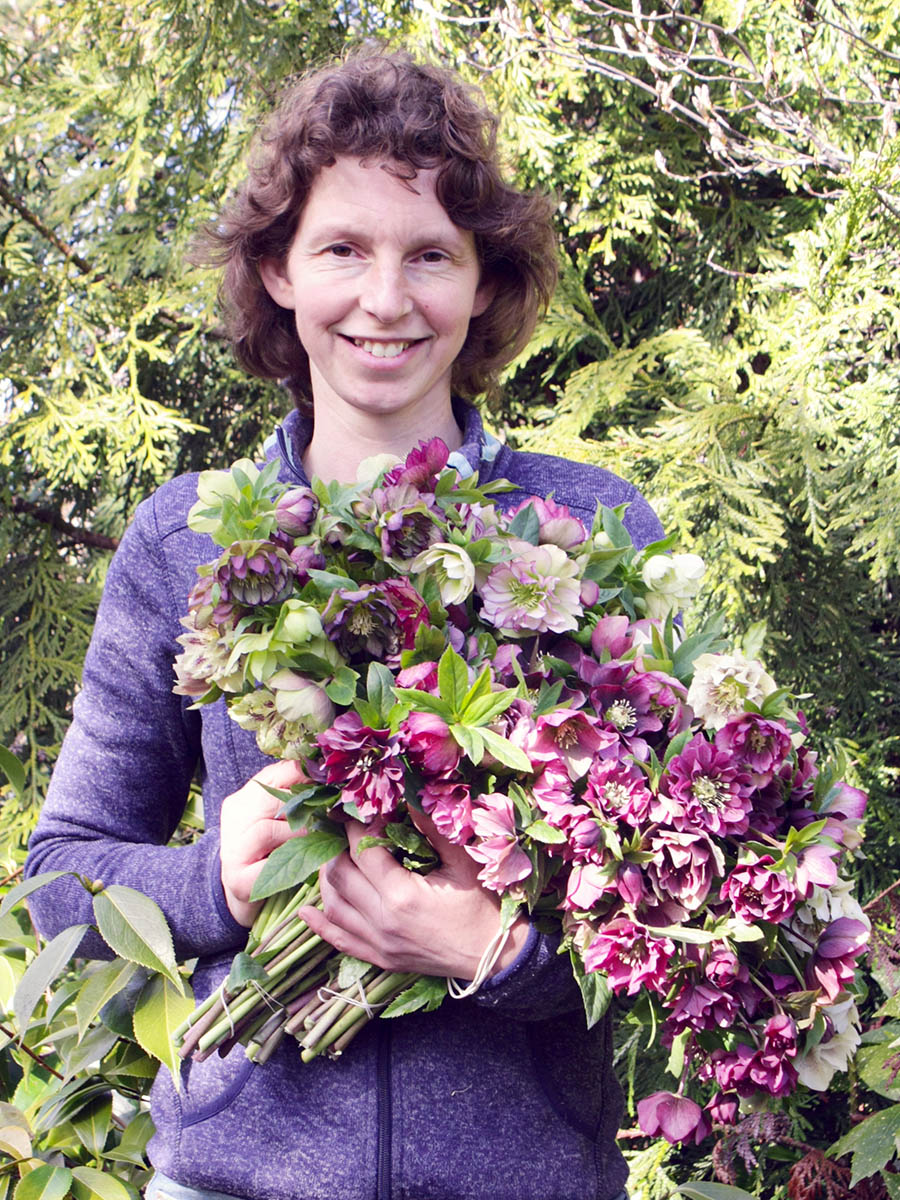
What Is Helleborus Orientalis?
Helleborus orientalis, also known as the Lenten rose or oriental hellebore, is a perennial flowering plant that belongs to the Ranunculaceae family. These beauties are native to regions in Eurasia, including Greece, Turkey, and the Caucasus. Nursery Nachtvlinder has mastered the art of breeding and growing the young plants of the hellebore in the Netherlands.
Picture this: elegant, nodding blooms that come in a stunning array of colors, from creamy whites and soft pinks to deep purples and rich burgundies. Yep, Helleborus orientalis brings some serious color game to the garden or floral arrangement.
Now, here's the cool part: despite its delicate appearance, this plant is tough as nails! It's known for its ability to thrive in shady spots, making it a fantastic addition to those tricky low-light areas in your garden or floral designs.
When it comes to care, Helleborus orientalis is pretty chill. It prefers rich, well-drained soil and doesn't mind a bit of moisture, especially during the growing season. Plus, once it's established, it's pretty low-maintenance, so you can spend less time fussing and more time enjoying those gorgeous blooms.
So, whether you're looking to add a pop of color to your garden or create eye-catching floral arrangements, Helleborus orientalis is definitely worth considering. With its stunning blooms and easygoing nature, it's a true garden gem!
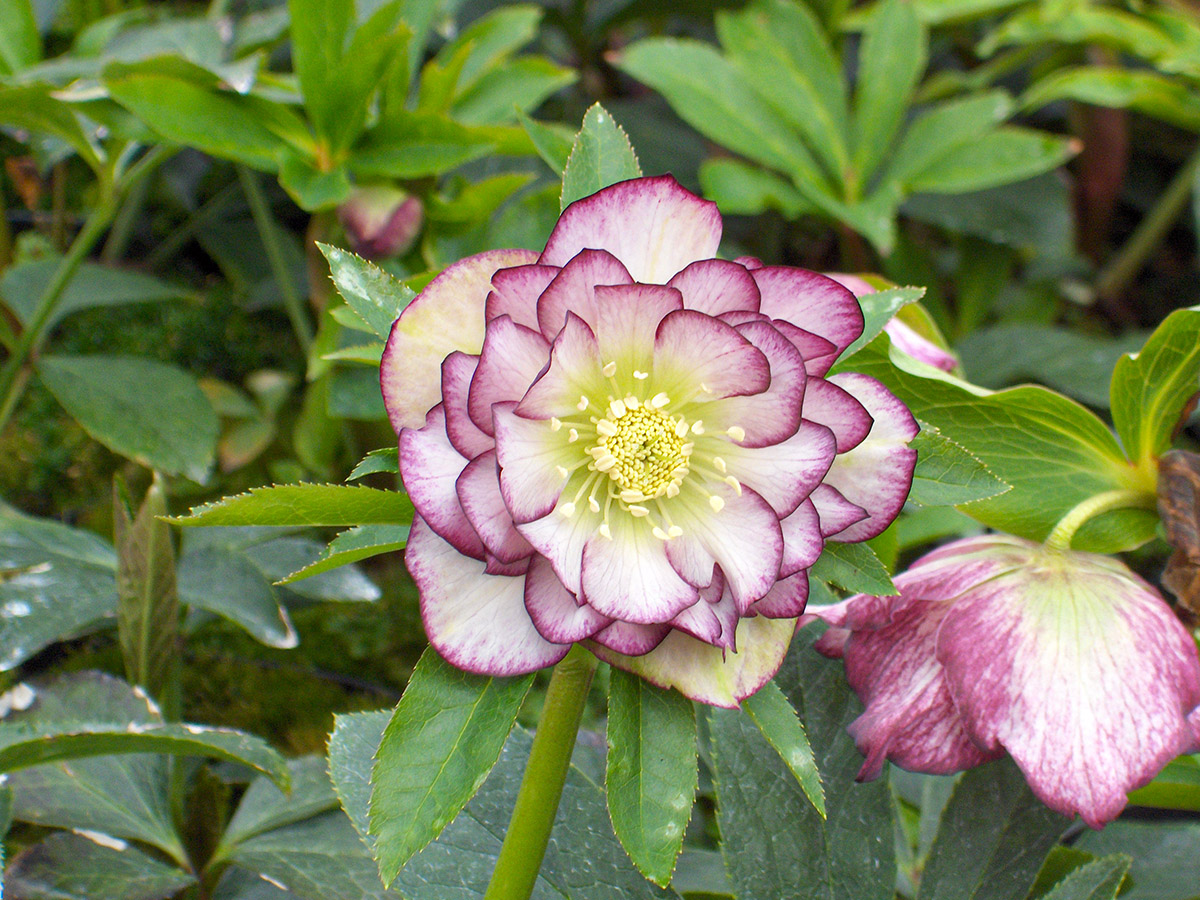
Helleborus Orientalis vs. Helleborus Niger
Unlike the Christmas rose or Helleborus niger, Helleborus orientalis often flowers after Christmas. This is the major difference between the two varieties. To explain this further, Frank Swenne and Rogier van Vugt of the YouTube channel 'Alles wat Bloeit' came to take a look at nursery Nachtvlinder in Ter Aar, Netherlands to make an episode about it.
Rogier speaks extensively with owner Ellen Akerboom and the video (alas, only in Dutch but with English subtitles) gives a unique and informative glimpse into the world of hellebore breeding. Ellen has been active in hellebore breeding and the propagation of young plants for more than twenty-five years. In those years, a wide range of Helleborus has been created that consists exclusively of self-bred varieties.
This twenty-minute YouTube video will be worth your time:
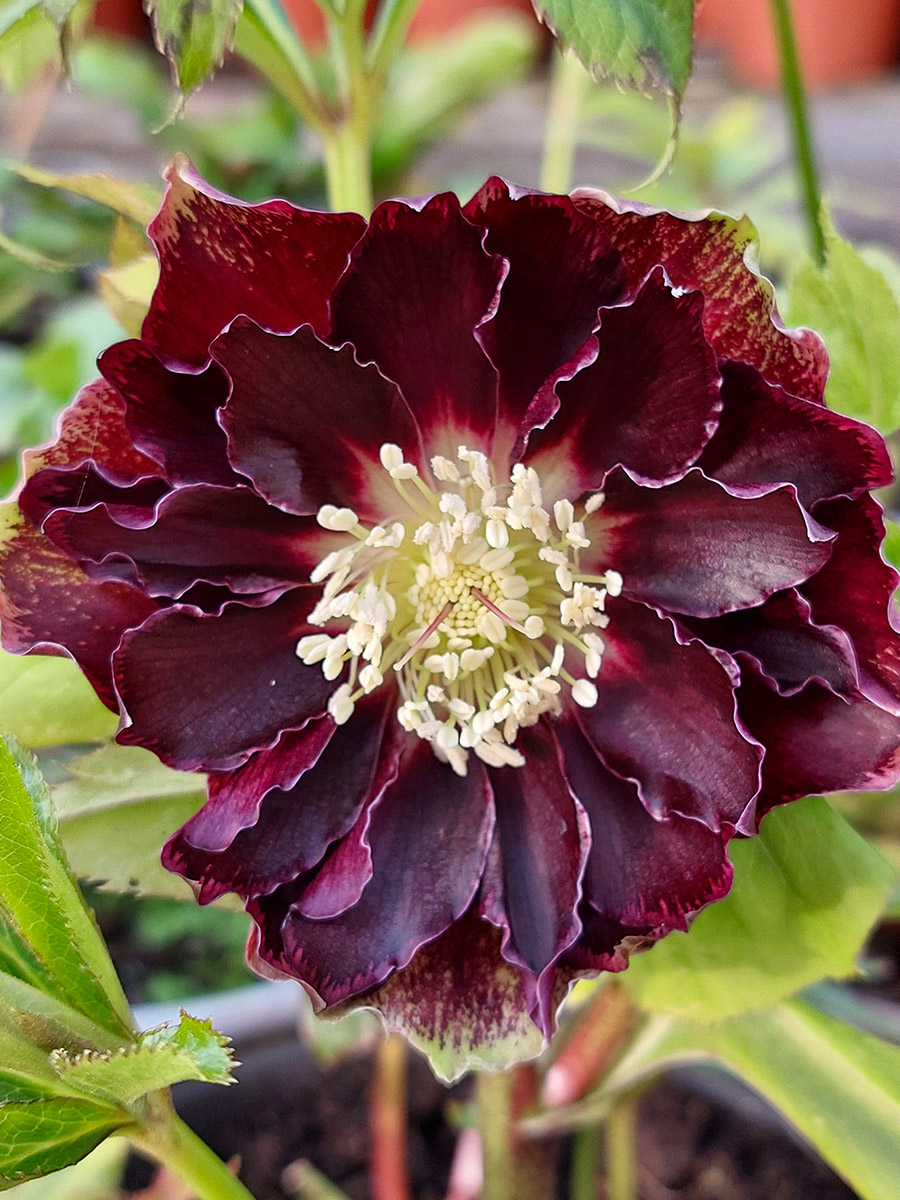
Over the years, the grower has greatly improved the vigor, so that now more than 90% flowers within a year. In addition, the double hellebore - the video shows why this is so unique - is a specialty.
Ellen from Nachtvlinder:
"In breeding, we adhere to a strict selection, which makes the plants more resistant to fungi and other diseases. We believe in resilient plants and cultivation with as few crop protection agents and energy as possible. This is also an important starting point in our breeding process."
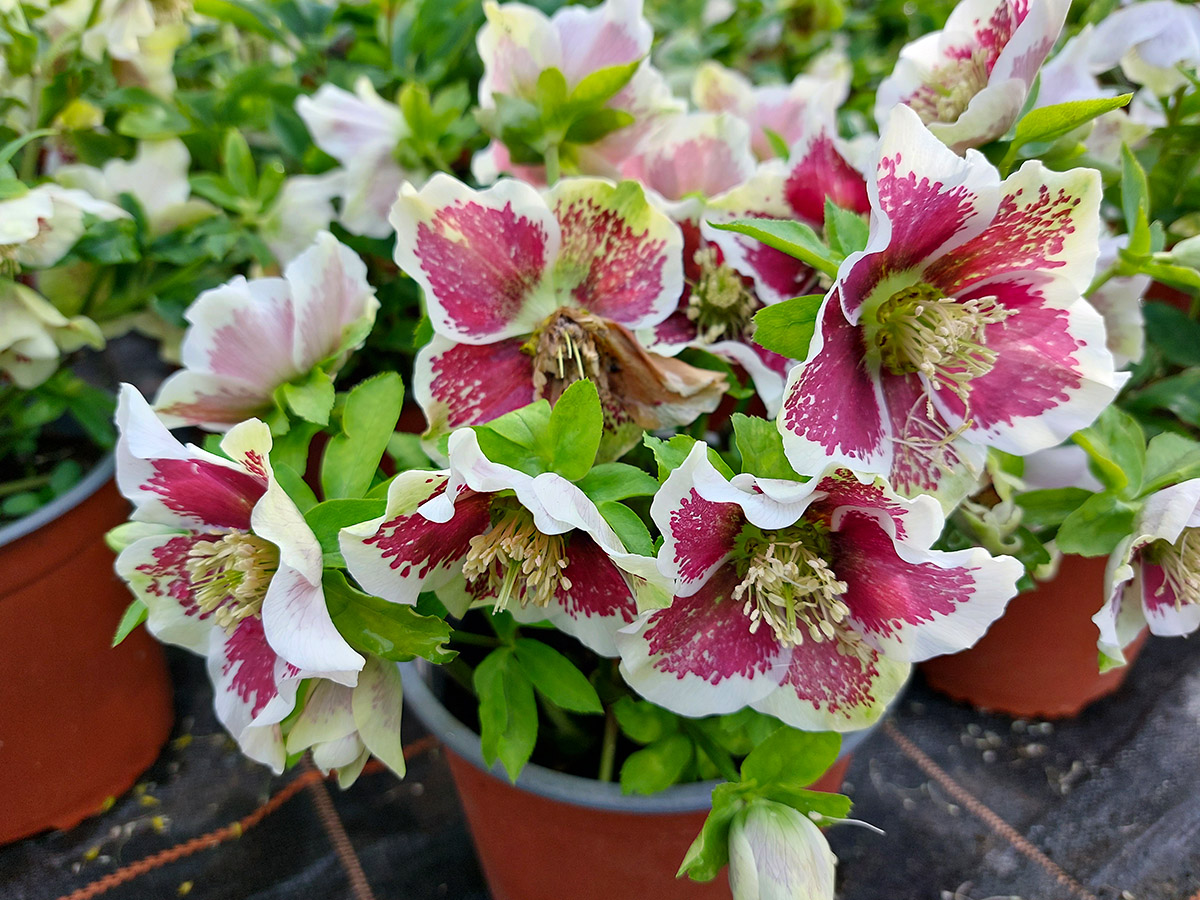
With no further ado, let's enjoy our winter gardens with the splendid and strong hellebores. They're worth our attention.
